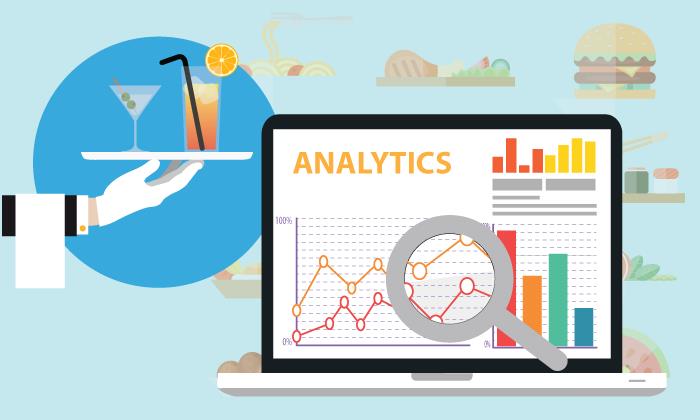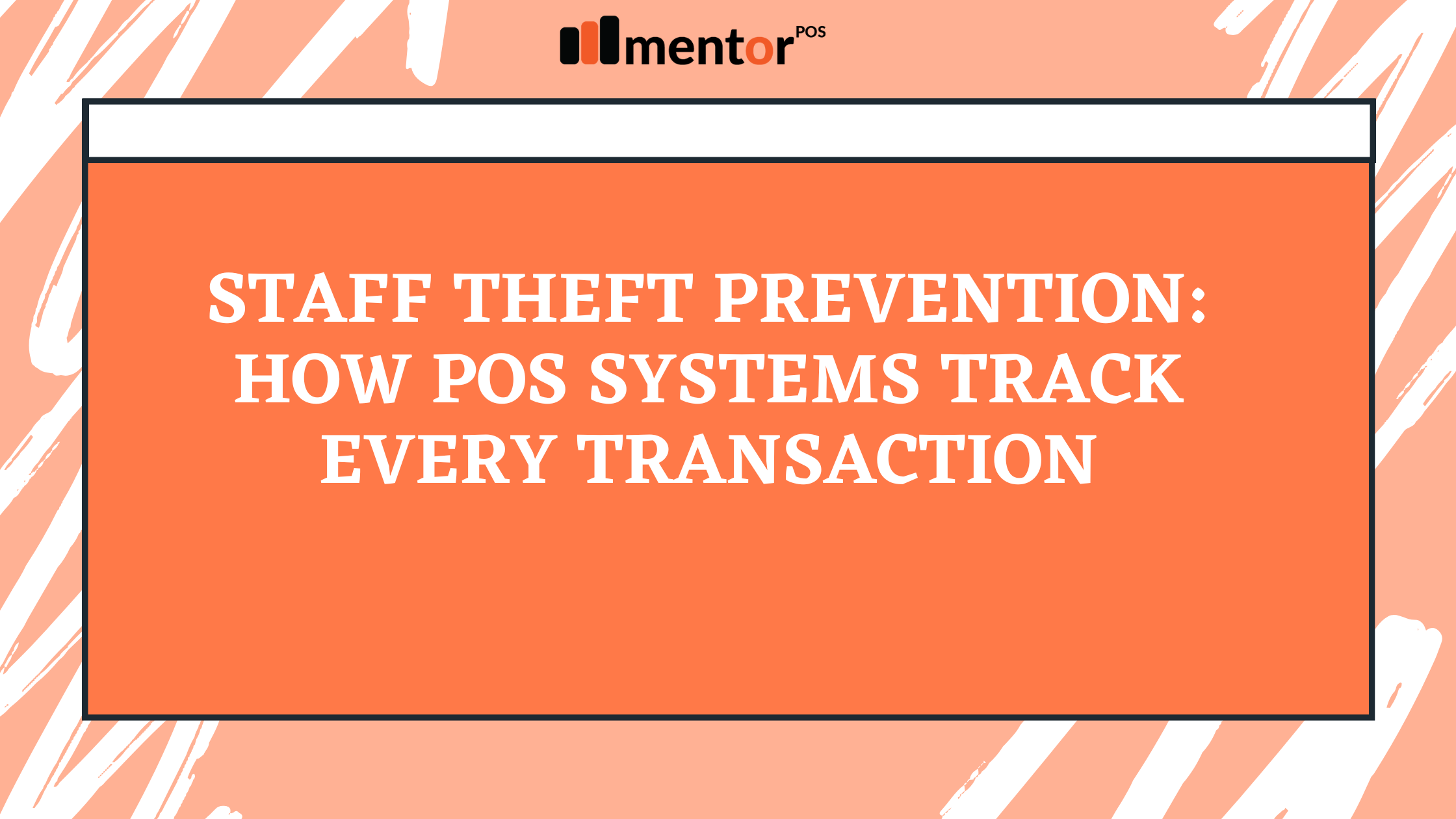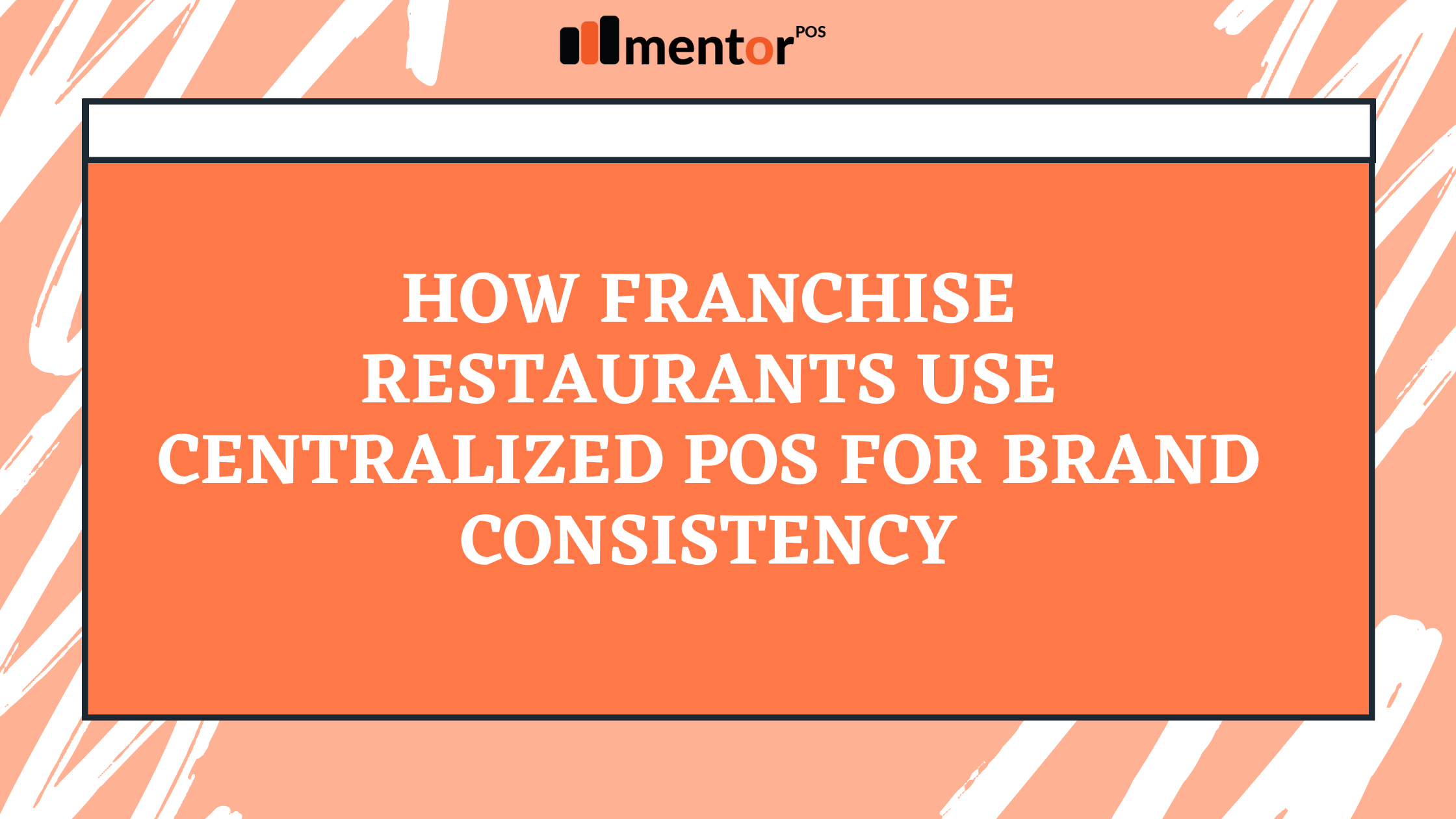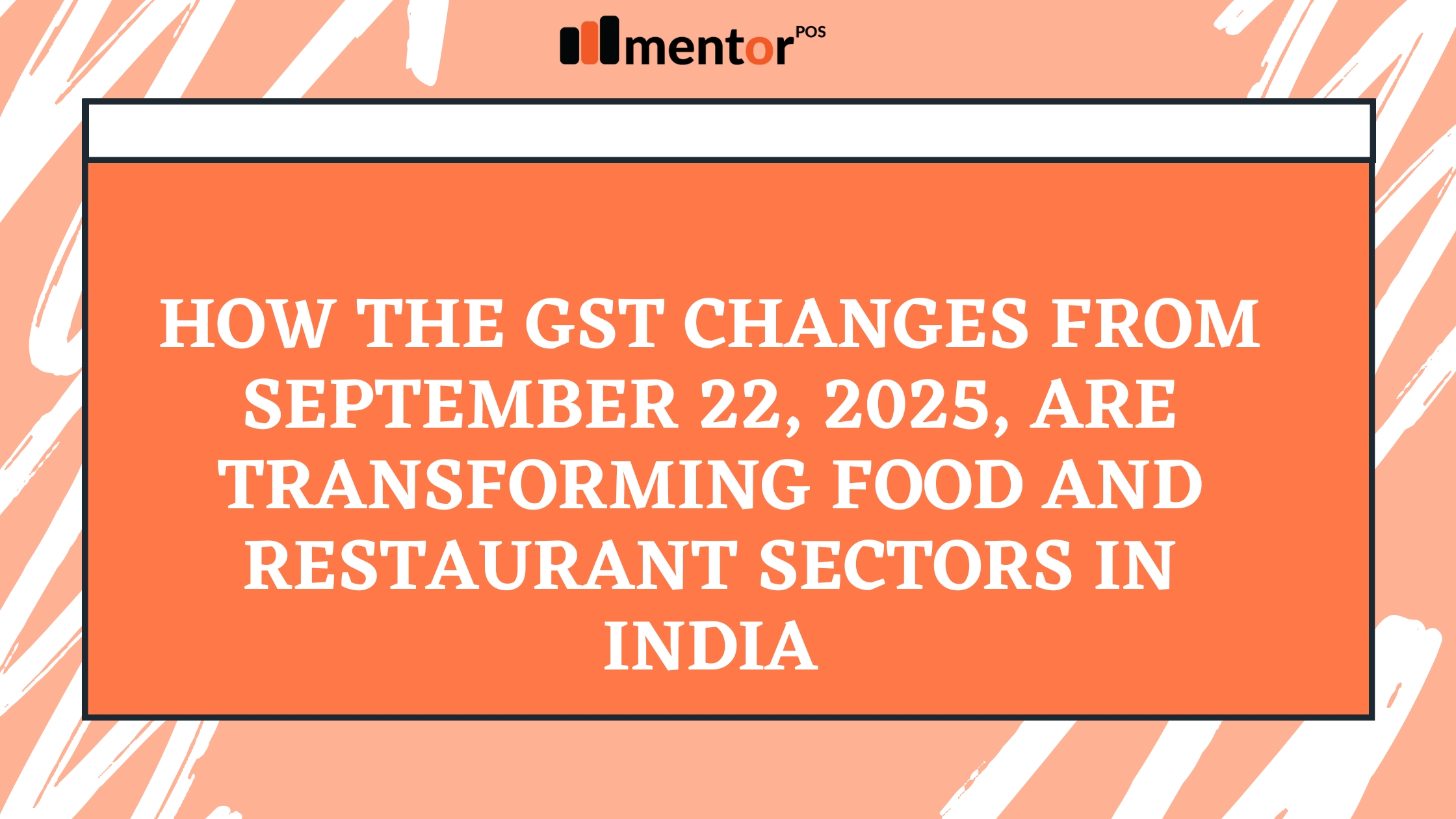In today’s hyper-competitive restaurant industry, relying solely on intuition to make business decisions is no longer enough. With the rapid rise of technology and digital solutions, restaurant data analytics has become a critical tool to boost operational efficiency, enhance customer satisfaction, and improve profit margins. Data, when gathered and interpreted correctly, provides actionable insights that can shape a restaurant’s success strategy.
Let’s explore how data analytics can empower restaurant owners and managers to make smarter decisions and drive business performance.
What Is Restaurant Data Analytics?
Restaurant data analytics is the process of collecting, analyzing, and interpreting various forms of data from daily operations. This includes information from POS systems, customer interactions, inventory usage, employee performance, sales trends, and more. By leveraging this data, restaurant operators gain valuable insights into what’s working, what isn’t, and where improvements can be made.
Tools like Mentor POS provide integrated analytics dashboards that make it easier for restaurants to harness this power without hiring a data scientist.
1. Improving Menu Engineering
Understanding which menu items sell the most, have the highest profit margin, or result in the most waste is crucial. Data analytics allows restaurants to track:
- Top-selling dishes across time periods
- Low-performing items that may need to be removed
- Contribution margins of each menu item
- Customer preferences during different seasons
Using these insights, you can redesign your menu to highlight profitable items, remove underperformers, and better align with customer demand.
2. Enhancing Inventory Management
Inventory waste is a major concern for many restaurants. Data analytics helps optimize inventory levels by:
- Forecasting ingredient usage based on historical sales
- Tracking spoilage and identifying wastage patterns
- Automating reorder points for high-demand items
With accurate inventory tracking, restaurants can reduce waste, control food costs, and ensure that the right ingredients are always available. This leads to better kitchen performance and improved cost efficiency.
3. Monitoring Employee Performance
Staff performance has a direct impact on customer experience and operational flow. Analytics can provide insights into:
- Average service time per waiter
- Order accuracy rates
- Sales generated per server
- Staff scheduling efficiency
With this data, you can identify training needs, reward top performers, and make informed decisions about shift planning. This helps create a motivated team while reducing labor costs and enhancing productivity.
4. Understanding Customer Behavior
Modern restaurant POS systems capture detailed customer data—such as ordering habits, visit frequency, and feedback history. By analyzing this data, restaurants can:
- Create personalized marketing campaigns
- Launch targeted loyalty programs
- Predict peak visit times
- Enhance guest satisfaction through tailored experiences
For example, if data shows that a customer regularly orders a vegan meal every weekend, sending them a personalized offer on Friday can increase visit frequency and loyalty.
5. Streamlining Marketing Campaigns
Data analytics allows you to track the success of marketing efforts by monitoring metrics like:
- Coupon redemption rates
- Email campaign click-through rates
- Online review patterns
- Customer acquisition costs
These insights help refine future campaigns, eliminate wasteful spending, and focus on what drives actual results. Whether it’s SMS offers, email newsletters, or influencer partnerships, data ensures you invest in the right channels.
6. Forecasting Sales and Planning Ahead
One of the most powerful applications of restaurant data analytics is sales forecasting. With enough historical data, you can:
- Predict daily or weekly sales volumes
- Adjust staffing and inventory levels accordingly
- Prepare for seasonal demand or promotional events
- Set achievable revenue goals
Anticipating busy periods allows you to optimize kitchen prep, reduce wait times, and deliver smoother service, resulting in happier guests and higher profits.
7. Enhancing Overall Operational Efficiency
When all departments are guided by data—from kitchen to front-of-house—restaurant operations run more smoothly. Data analytics helps identify:
- Bottlenecks in order processing
- Delays in food preparation
- Peak traffic hours that need better resource allocation
With these insights, restaurant managers can improve workflows, automate repetitive tasks, and create a more efficient service environment.
How Mentor POS Supports Data-Driven Decisions
Platforms like Mentor POS offer built-in analytics features that bring data from across your restaurant into one centralized dashboard. With Mentor POS, you can:
- Monitor real-time sales and inventory
- Analyze staff productivity
- View customer feedback and behavior
- Customize reports for better strategic planning
By integrating Mentor POS into your restaurant, data collection becomes automatic, and insights are always just a click away.
Final Thoughts
In an industry where margins are tight and customer loyalty is fragile, leveraging restaurant data analytics isn’t just an advantage—it’s a necessity. From menu engineering and inventory control to marketing and customer engagement, data empowers restaurants to make proactive, informed decisions.
Whether you’re running a cloud kitchen, a fine-dining restaurant, or a QSR, embracing data analytics through platforms like Mentor POS can be the game-changer your business needs in 2025 and beyond.
Ready to take your restaurant to the next level? Start with data. Start with Mentor POS.







